How to prepare for a backpacking trip? Attention all adventure seekers! Are you looking to embark on a thrilling backpacking trip? Do you want to explore the great outdoors and experience the beauty of nature? If so, you’ve come to the right place.
In this blog post, we’ll be sharing some valuable tips on how to prepare for a backpacking trip that will help you make the most out of your adventure. Firstly, it’s essential to plan your trip well in advance.
This includes deciding on your destination, creating a packing list, and researching the trail you’ll be hiking. By doing so, you can ensure that you have all the necessary gear and supplies for your trip.
You don’t want to be caught in the wilderness without proper gear or worse yet, without food or water. Next, you should make sure that you are physically prepared for the trip.
This involves building up your endurance and stamina by going on practice hikes or runs. Additionally, it’s important to have the right footwear and clothing to protect yourself from the elements.
But that’s not all! To truly have an unforgettable backpacking experience, you should also be mentally prepared. This means being aware of your surroundings, being cautious of potential dangers, and practicing good outdoor ethics.
So, are you ready to take on the challenge and embark on a backpacking adventure? Follow our tips on how to prepare for a backpacking trip, and you’ll be well on your way to having an unforgettable experience in the great outdoors.
How to prepare for a backpacking trip
1. Choosing the right backpacking gear
Choosing the right backpacking gear is crucial for your trip’s success. You should invest in high-quality gear that is appropriate for the conditions you will encounter.
This means considering factors such as weather, terrain, and the length of your trip. A sturdy and comfortable backpack is a must-have, as it will be your home away from home.
Look for one with multiple compartments and adjustable straps to ensure a proper fit. Your sleeping bag and tent should also be chosen with care, as they will provide crucial protection from the elements.
Other essential gear includes a reliable water filtration system, appropriate clothing layers, and durable footwear.
Investing in high-quality backpacking gear may require a larger upfront cost, but it will pay off in the long run with greater comfort, safety, and enjoyment on your outdoor adventures.
2. Choosing the right backpack
When choosing a backpack, consider its size, comfort, and features. Look for a backpack that fits comfortably and distributes weight evenly.
Additionally, think about the purpose of the backpack. If you’re planning on using it for day hikes or commuting, a smaller backpack with basic features may be sufficient.
However, if you’re planning on multi-day hikes or backpacking trips, you’ll want a larger backpack with more advanced features like external attachment points, hydration systems, and adjustable suspension systems.
It’s also important to consider the material of the backpack, as a durable and water-resistant material can be essential for outdoor adventures.
Finally, make sure to try on the backpack with weight in it to ensure it feels comfortable and fits properly before making your final decision.
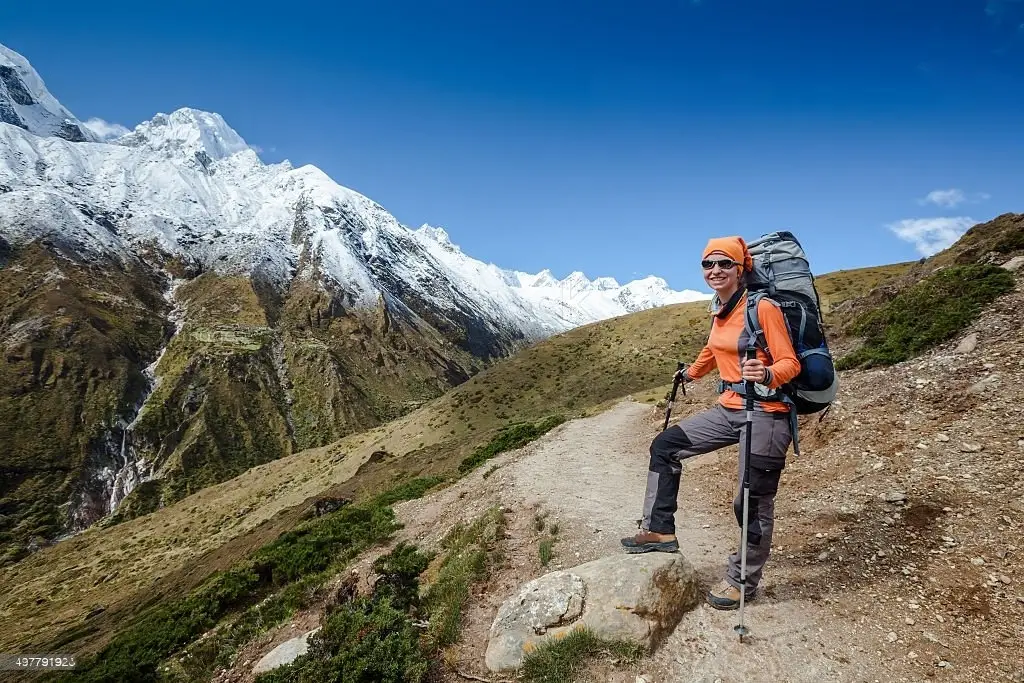
3. Choosing the right tent
Your tent will be your home during your backpacking trip. Look for a lightweight tent that is easy to set up and provides adequate protection from the elements.
Consider the size of your tent as well, especially if you’re going to be sharing it with someone else. A two-person tent is a common choice for backpackers. Additionally, think about the type of weather you’ll be encountering on your trip.
If you’re going to be in a wet or humid environment, a tent with good ventilation is essential to prevent condensation buildup.
Finally, make sure to practice setting up your tent before you go on your trip to ensure that you can pitch it quickly and easily when you arrive at your campsite.
A good tent will provide you with a comfortable and safe place to rest after a long day of hiking.
4. Choosing the right sleeping bag
Your sleeping bag should be appropriate for the conditions you will encounter. Look for a sleeping bag that is lightweight, compressible, and provides adequate insulation.
Consider the shape and size of the sleeping bag. A mummy-style bag will provide better warmth retention, while a rectangular bag will offer more room to move around.
Choose a sleeping bag with a temperature rating appropriate for the climate you will be in. Keep in mind that your sleeping pad and clothing layers will also play a role in keeping you warm while sleeping.
It’s important to test your sleeping bag before heading out on a trip to ensure it will keep you comfortable throughout the night. With the right sleeping bag, you can rest easy and wake up ready to take on the day’s adventures.
Also see: How to Backpack with Eggs?
5. Choosing the right camping stove
A camping stove is necessary for cooking food and boiling water. Look for a stove that is lightweight, easy to use, and fuel-efficient.
It’s important to consider the type of fuel the stove uses. Many camping stoves are designed to work with propane, butane, or white gas.
Propane and butane stoves are generally easier to use and more convenient, but they may not perform as well in cold temperatures.
White gas stoves are more fuel-efficient and better suited for extreme conditions, but they can be more challenging to use.
Before purchasing a camping stove, consider your needs and the conditions you’ll be camping in to ensure you choose a stove that will work best for you.
Top pick
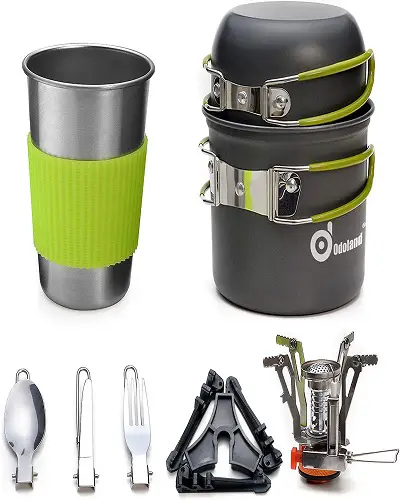
Editor’s choice
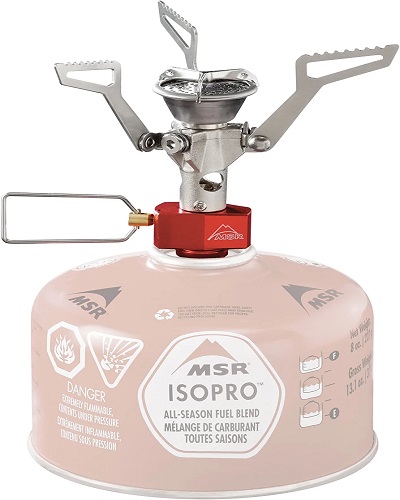
Best value
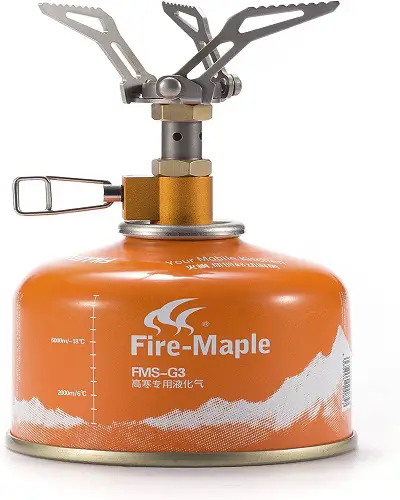
6. Choosing the right water filtration system
Clean water is essential for your health. Look for a water filtration system that is lightweight, portable, and effective.
Having access to clean drinking water is crucial for maintaining good health, especially when you’re on the go.
A reliable water filtration system can help ensure that you always have access to safe drinking water, no matter where you are.
When searching for a filtration system, it’s important to consider factors such as weight and portability, as well as effectiveness.
A lightweight and portable system can be easily transported and used while traveling, hiking, or during emergencies.
Additionally, an effective filtration system can remove harmful contaminants from water sources, making it safe for consumption.
By investing in a quality water filtration system, you can protect your health and ensure that you always have access to clean water.
7. Choosing the right hiking boots
Your hiking boots are your most important piece of gear. Look for boots that fit well, provide adequate support, and are appropriate for the terrain you will encounter.
Consider the level of waterproofing and breathability you’ll need for your hiking conditions. If you plan on hiking in wet conditions, waterproof boots will keep your feet dry and comfortable.
On the other hand, if you’ll be hiking in hot, dry conditions, breathable boots will help prevent your feet from overheating and sweating excessively.
It’s also important to break in your boots before hitting the trails to avoid blisters and discomfort during your hike.
Invest in a quality pair of hiking boots and take care of them properly to ensure they last for many adventures to come.
Also see: How to Pack Eggs for Backpacking?
8. Choosing the right clothing
Choose clothing that is appropriate for the conditions you will encounter. Look for clothing that is lightweight, moisture-wicking, and provides adequate protection from the elements.
Additionally, consider the activity you will be engaging in and choose clothing that allows for a full range of motion. If you will be hiking, for example, look for pants that are flexible and comfortable.
If you will be in the sun, choose clothing that has a high SPF rating to protect your skin. It’s also important to consider the environment you will be in and dress accordingly.
In cold weather, layering is key, with a base layer that wicks moisture away from the skin, an insulating layer, and an outer layer that is wind and waterproof.
Remember, being comfortable and prepared can make all the difference in enjoying your outdoor activities.
9. Choosing the right backpacking accessories
Don’t forget to bring essential accessories such as a headlamp, map and compass, and a first aid kit. These accessories can be crucial in ensuring your safety and survival during outdoor activities.
A headlamp is important for navigating through low-light conditions, while a map and compass can help you find your way if you become lost.
It’s also a good idea to pack a first aid kit with basic supplies such as bandages, antiseptic, and pain relievers in case of an emergency.
Remember, it’s always better to be prepared for the worst-case scenario, even if you never end up needing these items.
So, make sure to double-check that you have all of these essential accessories before you head out on your next outdoor adventure.
10. Planning your route
Planning your route is essential for a successful backpacking trip. You should consider factors such as the location, terrain, and weather conditions.
You should research the availability of resources like water and food along your planned route. It is also important to ensure that you have the necessary permits and documents required for your intended destination.
Proper preparation can help avoid unforeseen circumstances and make your backpacking experience more enjoyable. Make sure to inform someone of your planned route and expected return date in case of emergencies.
Being well-informed and well-prepared before setting out on your backpacking trip can make all the difference in having a safe and memorable adventure.
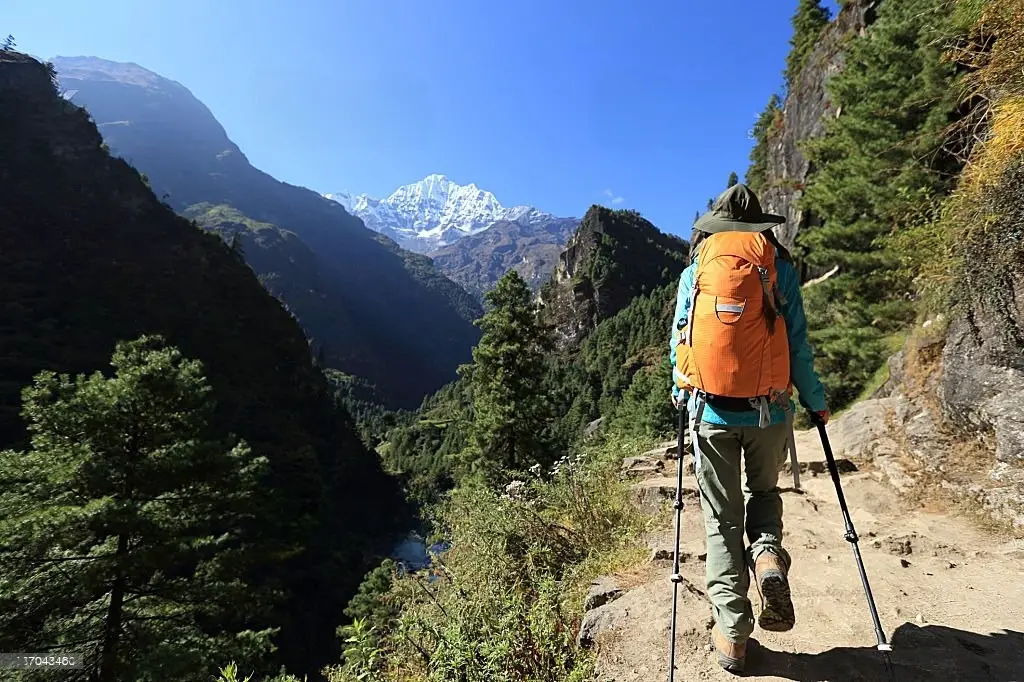
11. Choosing the location for your backpacking trip
Choose a location that is appropriate for your skill level and the conditions you will encounter. When selecting a location for an outdoor activity, it’s essential to consider your skill level and the environmental conditions you may face.
For instance, if you are new to hiking, you may want to select a trail with a lower difficulty level and a shorter distance.
Similarly, if you plan to go surfing, it’s crucial to check the weather forecast, tides, and water temperature to ensure that you are adequately prepared.
Additionally, it’s important to research the location and its rules and regulations to avoid any legal issues or safety concerns.
Overall, choosing a location that is appropriate for your skill level and the conditions you will encounter will ensure a safe and enjoyable outdoor experience.
Also see: Can You Take Eggs Backpacking?
12. Researching your route
Research the route you will take to ensure that it is appropriate for your skill level and the conditions you will encounter.
Make sure to check the weather forecast and any potential hazards that may be present on the route, such as steep inclines, narrow paths, or areas prone to flooding.
It’s also a good idea to bring along any necessary equipment and supplies, such as proper footwear, a map, and plenty of water and snacks.
Remember to always prioritize safety, and if you’re unsure about any aspect of the route or conditions.
It’s better to err on the side of caution and choose a different path or wait for better weather. By taking these steps, you can help ensure a safe and enjoyable journey.
13. Getting the required permits
Many backpacking locations require permits. Make sure to obtain the necessary permits before you go. Failure to obtain the required permits can result in hefty fines or even legal trouble.
Some popular backpacking destinations, such as national parks, limit the number of visitors allowed on trails each day.
Therefore, it’s essential to plan ahead and secure your permit well in advance of your trip. Keep in mind that permit requirements vary depending on the location and time of year, so do your research thoroughly.
By obtaining the proper permits, you’re not only avoiding legal trouble but also helping to preserve the environment and ensure that everyone has an enjoyable outdoor experience.
Top pick
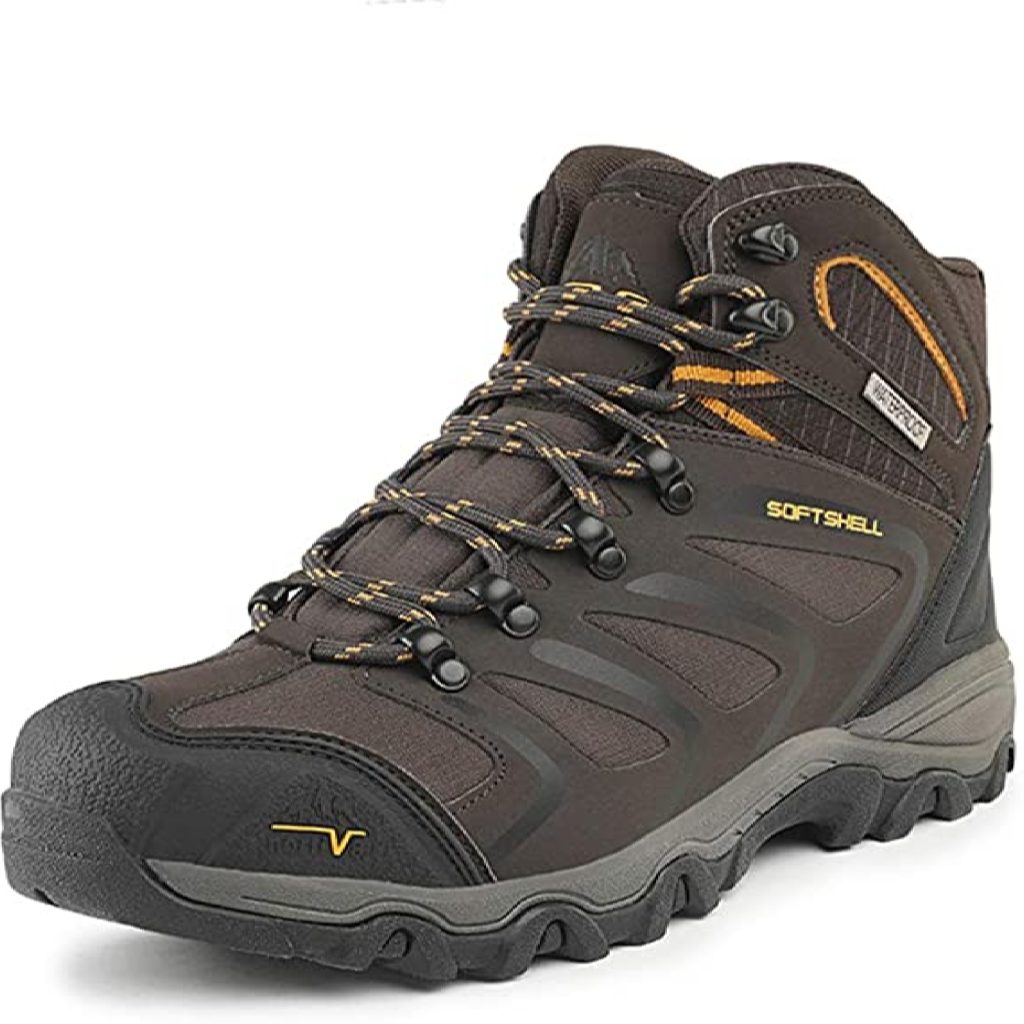
Editor’s choice
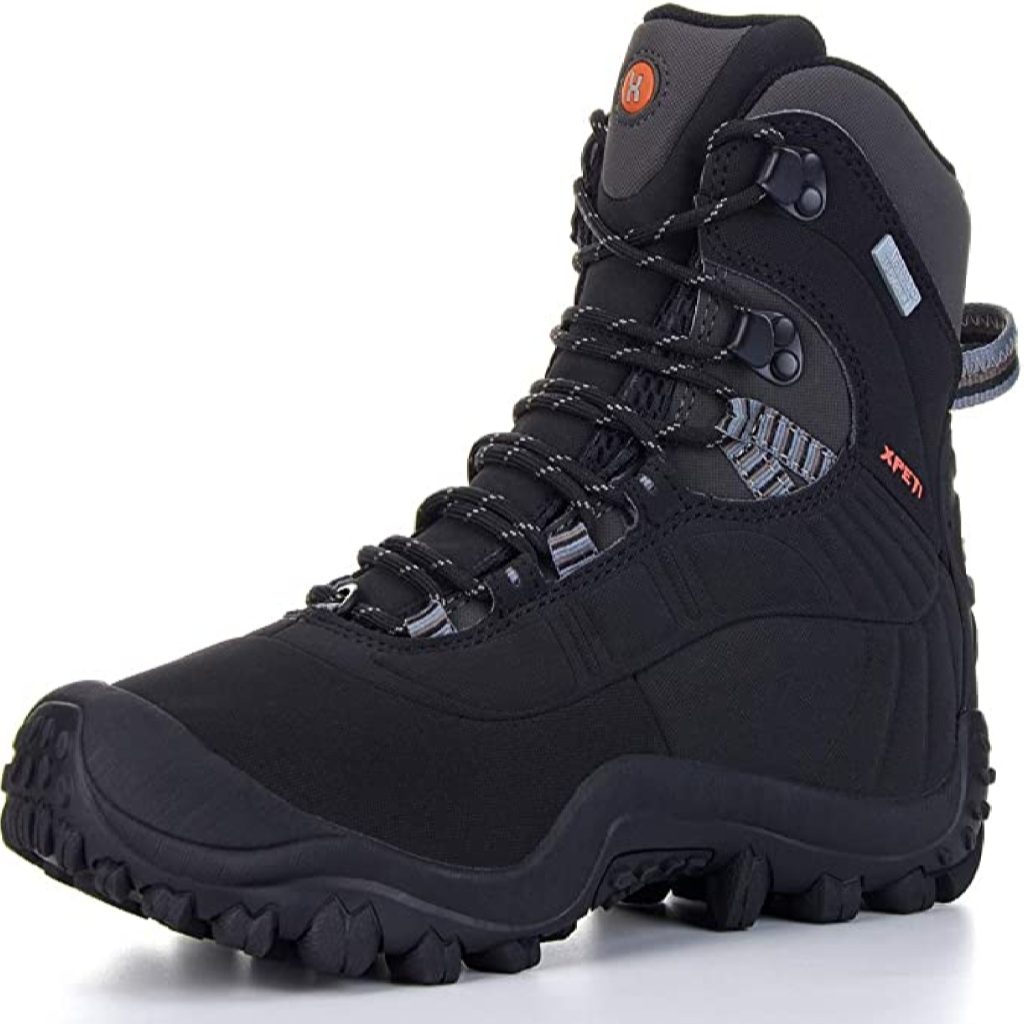
Best value
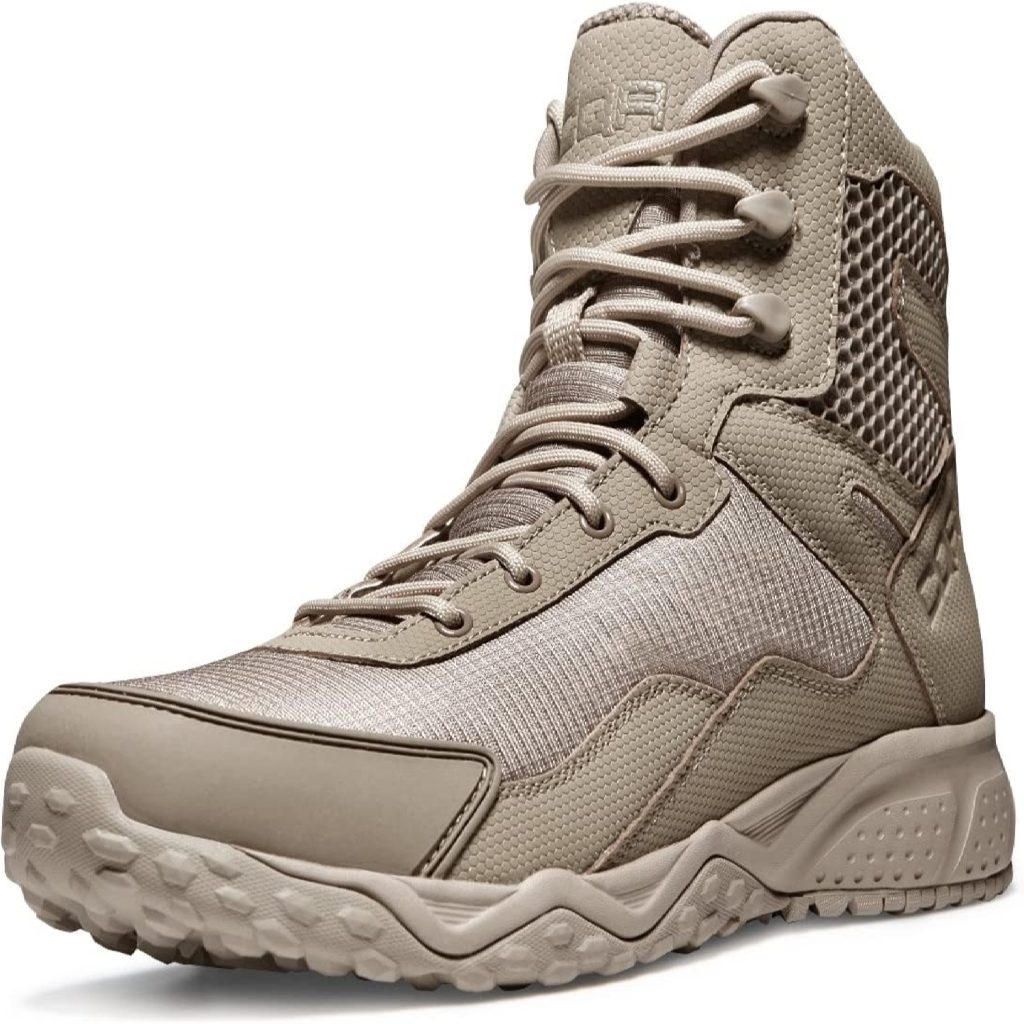
14. Setting up campsites and reservations
Make reservations for campsites or backcountry permits as necessary. When planning a camping trip, it’s important to make reservations for campsites or obtain backcountry permits if necessary.
This not only ensures that you have a place to stay but also helps to minimize the impact on the environment by controlling the number of visitors in the area.
Many popular camping destinations require reservations or permits, particularly during peak season. It’s important to do your research ahead of time and determine if reservations are necessary for your intended camping location.
In addition to reserving a spot, be sure to familiarize yourself with any regulations or restrictions in the area to ensure a safe and enjoyable trip.
15. Food and water for your backpacking trip
Food and water are essential for your backpacking trip. You should plan your meals and pack enough water for your trip.
In addition to planning your meals and water supply, it’s important to consider the weight and size of your food and water containers.
Choose lightweight and compact options, such as dehydrated meals and collapsible water bottles, to make packing and carrying them easier.
It’s also a good idea to bring along some snacks that are high in energy, such as trail mix or energy bars, to keep you fueled throughout the day.
And don’t forget to pack a water filtration system or water purification tablets in case you run out of clean water.
Proper planning and preparation of your food and water needs will help ensure a successful and enjoyable backpacking trip.
Also see: Taking Fresh Eggs Backpacking
16. Calculating your daily caloric needs
Calculate your daily caloric needs to ensure that you bring enough food for your trip. Knowing your daily caloric needs is essential for planning a successful trip, especially if you’ll be engaging in physically demanding activities.
To calculate your caloric needs, you’ll need to consider your age, gender, height, weight, and activity level.
Once you have this information, you can use an online calculator or consult a registered dietitian to determine the number of calories you should consume daily.
With this knowledge, you can then plan your meals and snacks for the trip, ensuring that you bring enough food to meet your needs.
Additionally, be sure to pack nutrient-dense foods that are lightweight and easy to prepare, such as nuts, seeds, dried fruit, and energy bars.
Top pick

Editor’s choice

Best value

17. Creating a meal plan for your backpacking trip
Create a meal plan that is appropriate for the conditions you will encounter. When creating a meal plan for your upcoming adventure, it’s important to take into consideration the specific conditions you will encounter.
For example, if you’ll be backpacking in high altitudes, you’ll need to consume foods that are high in calories and carbohydrates to provide your body with the energy it needs to handle the physical demands.
Similarly, if you’ll be spending a lot of time in hot and humid conditions, it’s important to focus on hydration and choose foods that are easy to digest.
It’s also a good idea to pack a variety of snacks that you can eat on-the-go to keep your energy levels up throughout the day.
By planning ahead, you can ensure that you’re fueling your body appropriately and setting yourself up for a successful and enjoyable adventure.
18. Properly packing food and water
Pack food and water in a way that is easy to access and won’t weigh you down. When preparing for a hike or any outdoor adventure, it’s essential to think carefully about the food and water you bring with you.
Pack lightweight, non-perishable items that are easy to carry, such as energy bars, nuts, and dried fruits.
Consider the length of your trip and the level of physical activity involved, and pack accordingly. A hydration system or a sturdy water bottle is also necessary to keep you hydrated throughout the journey.
Make sure to plan out your meals and snacks in advance and pack them in a way that is easy to access. By doing so, you’ll be able to enjoy your outdoor experience without feeling weighed down or hungry.
19. Finding and filtering water on the trail
You will need to find and filter water on the trail. Make sure you have a water filtration system and know how to use it.
Water is essential for survival, especially when hiking or backpacking in remote areas where water sources may be limited or contaminated.
In order to stay hydrated and avoid illnesses caused by drinking contaminated water, it is crucial to carry a reliable water filtration system and know how to use it effectively.
Before setting out on your hike, research the available water sources along your route, and plan your water resupply accordingly.
Be prepared to spend some time filtering water during your hike, as it may be necessary to stop at several water sources to ensure you have enough to last until your next resupply.
Remember, staying properly hydrated is key to staying safe and enjoying your hiking experience.
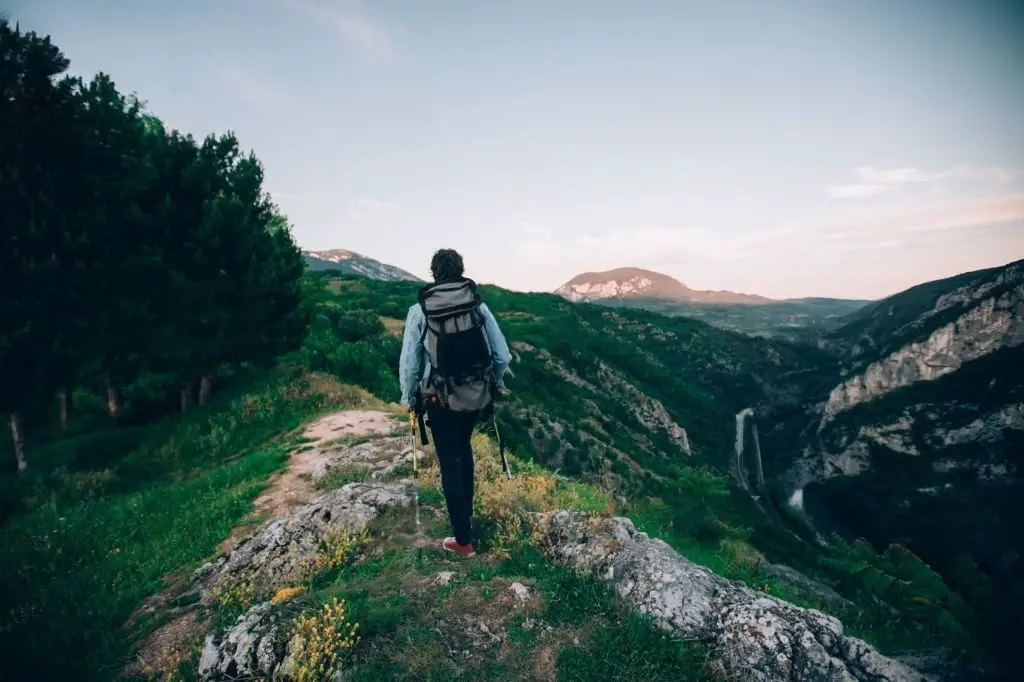
20. Physical preparation for your backpacking trip
Physical preparation is essential for a successful backpacking trip. You should build endurance and strength and prepare for altitude changes.
It is important to focus on your cardiovascular health by engaging in regular aerobic exercise such as running, cycling or hiking.
This will help improve your overall fitness level and increase your lung capacity, which is crucial at higher altitudes where the air is thinner.
It is also essential to pack light and carry only what is necessary to reduce the strain on your body. Adequate hydration and nutrition are crucial for maintaining energy levels during the trip.
It is recommended to train with the gear you plan to bring, including your backpack, boots, and other essential items, to ensure that they are comfortable and properly fitted to your body.
With proper physical preparation, you can enjoy your backpacking trip to the fullest and minimize the risk of injury or exhaustion.
21. Building endurance and strength
Start preparing for your backpacking trip several weeks in advance by building endurance and strength. In addition to physical preparation, it’s important to plan out the logistics of your trip ahead of time.
Research the area you’ll be backpacking in to familiarize yourself with the terrain and any potential hazards. Create a packing list of essential gear such as a tent, sleeping bag, stove, and plenty of water.
Consider the weather conditions and pack accordingly with appropriate clothing layers. Don’t forget to pack a first-aid kit and any necessary medication.
Finally, let someone know your itinerary and expected return date, so that they can alert authorities in case of an emergency. Proper preparation will ensure a safe and enjoyable backpacking experience.
Also see: Backpacking with Eggs
22. Preparing for altitude changes
If you will be backpacking at high altitudes, prepare for altitude changes by gradually acclimatizing.
Altitude sickness can be a serious concern at higher elevations, so it’s important to take precautions. To acclimatize, plan to spend a few days at a lower altitude before starting your trek.
Gradually increase your elevation over the course of several days, taking time to rest and hydrate frequently. Pay attention to your body and be aware of any symptoms of altitude sickness, such as headaches, nausea, or fatigue.
If you do experience symptoms, it’s important to take them seriously and descend to a lower altitude until you feel better.
With proper preparation and acclimatization, you can enjoy your high-altitude backpacking adventure safely and comfortably.
23. First aid and emergency preparedness
Bring a first aid kit and learn basic first aid skills. Having a well-stocked first aid kit and basic knowledge of first aid can make a significant difference in the event of an injury or emergency while backpacking.
Your kit should include items such as bandages, antiseptic wipes, gauze pads, adhesive tape, scissors, and tweezers. It’s also a good idea to include any personal medication or supplies you may need.
Along with the kit, consider taking a first aid course to learn essential skills like CPR, treating wounds, and managing common outdoor injuries such as blisters and sprains. Proper preparation can help ensure you’re ready for anything that may happen on your backpacking trip.
Top pick
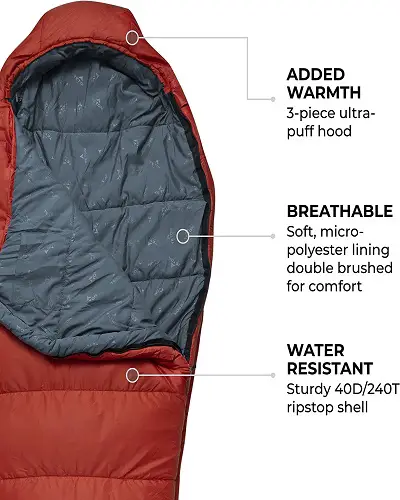
Editor’s choice
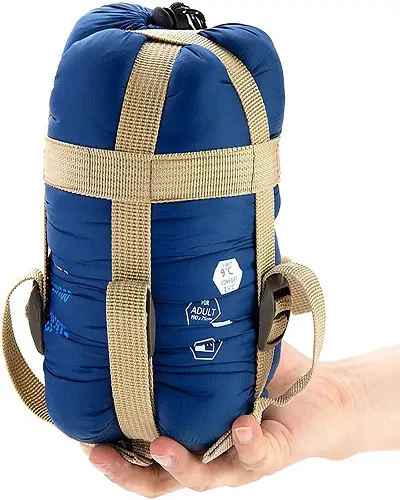
.
Best value
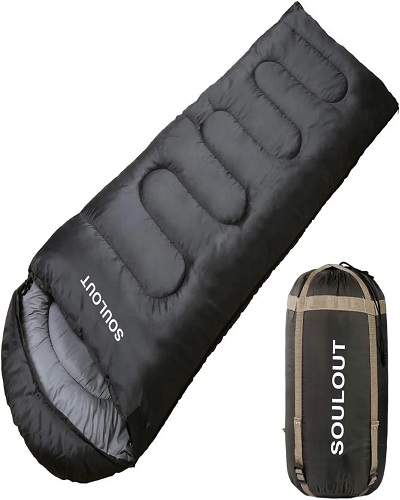
24. Carrying the right amount of weight
Don’t carry too much weight on your backpacking trip mental Preparation for Your Backpacking Trip. Mental preparation is just as important as physical preparation. You should set expectations, manage fear and anxiety, and practice mindfulness.
It’s essential to have a positive attitude and realistic expectations before embarking on a backpacking trip.
Prepare yourself mentally by understanding the challenges that may arise during your journey, such as unpredictable weather conditions, difficult terrain, and unexpected situations.
It’s also important to manage fear and anxiety by focusing on the present moment and taking deep breaths. Practicing mindfulness can help you appreciate the beauty of nature and fully immerse yourself in the experience.
By prioritizing mental preparation, you can enhance your overall backpacking experience and fully embrace the adventure ahead. Remember, your attitude and mindset can make all the difference.
25. Setting expectations
Set realistic expectations for your backpacking trip. Understand that there may be challenges along the way, but focus on the rewards of the experience.
It’s important to do your research and plan accordingly, but remember that unexpected things can happen. Weather conditions, trail closures, or unforeseen injuries can all affect your journey.
However, instead of letting these challenges discourage you, try to embrace them as part of the adventure. Remember that the beauty of backpacking lies in the unpredictable moments that make it truly unforgettable.
And when you do reach your destination, the sense of accomplishment and awe-inspiring views will make it all worth it. So, set realistic expectations, prepare as best you can, and enjoy the journey, whatever it may bring.
Also see: Waterfall in Mexico
26. Managing fear and anxiety
Backpacking can be a daunting experience. Learn strategies to manage fear and anxiety, such as deep breathing and visualization.
It’s important to prepare yourself physically and mentally for the challenges ahead. Start by doing regular exercise to build up your stamina and strength.
Research the terrain you’ll be hiking on and pack the appropriate gear and supplies. Practice setting up your tent and cooking your meals before your trip.
Knowing what to expect and feeling confident in your abilities can help alleviate some of the anxiety and fear associated with backpacking.
Remember to take breaks and listen to your body, pushing yourself too hard can lead to burnout and injuries. With proper preparation and mindset, backpacking can be a rewarding and fulfilling experience.
27. Mindfulness and enjoying the moment
Practicing mindfulness can help you enjoy the moment and appreciate the beauty of your surroundings.
By focusing your attention on the present moment, mindfulness can help you become more aware of your thoughts and emotions, which can lead to a greater sense of self-awareness and control.
It can also help reduce stress and anxiety by allowing you to let go of negative thoughts and emotions, and instead focus on the present.
Additionally, practicing mindfulness regularly can improve your overall well-being, including physical health, by reducing blood pressure and improving sleep quality.
By making mindfulness a part of your daily routine, you can cultivate a more peaceful and fulfilling life, and better appreciate the world around you.
28. Packing your backpack for your backpacking trip
Packing your backpack properly can make your trip more comfortable and enjoyable. You should organize your gear, properly distribute weight, and pack your backpack efficiently.
Additionally, it’s important to consider the accessibility of your items. Pack frequently used items in easily accessible pockets, while items you won’t need until camp can be buried deeper in your backpack.
To further maximize space, try using compression sacks to condense bulky items like sleeping bags or clothes.
And don’t forget to balance your load by placing heavier items closer to your back, which will distribute the weight more evenly and prevent strain on your shoulders and back.
Taking the time to pack your backpack thoughtfully will not only improve your comfort on the trail, but also ensure you have everything you need at your fingertips.
29. Organizing your backpacking gear
Organize your gear in a way that makes it easy to access and find what you need. When organizing your gear, consider grouping items by category, such as cooking equipment, sleeping gear, and clothing.
Use storage containers or stuff sacks to keep smaller items organized and prevent them from getting lost in larger bags or backpacks.
Label your containers or use clear ones so you can easily see what’s inside. It’s also a good idea to keep frequently used items within reach and less frequently used items towards the bottom or back of your pack.
By taking the time to organize your gear, you’ll save yourself time and frustration when you need to find something quickly while on a camping or hiking trip.
Also see: Tennessee Does it Snow?
30. Properly distributing weight
Distribute weight evenly in your backpack to avoid discomfort and injury. When packing your backpack, it’s important to consider the weight distribution of your items.
Place heavier items closer to your back and higher up in your bag, as this will help to maintain your center of gravity and prevent you from leaning forward. Lighter items can be placed towards the front of your bag or in the outer pockets.
Remember to adjust the straps of your backpack to ensure a comfortable fit, and take breaks to rest and readjust the weight distribution as needed.
By distributing weight evenly in your backpack, you can prevent discomfort and reduce the risk of injury, allowing you to enjoy your outdoor activities to the fullest.
31. Packing your backpack efficiently
Pack your backpack efficiently to maximize space and minimize weight. Start by choosing a backpack that is appropriate for the length and type of your trip.
A backpack with a volume of 30-50 liters is usually sufficient for a weekend trip, while longer trips may require a larger backpack. Once you have the right backpack, organize your items based on how often you’ll need them.
Pack heavier items closer to your back, and lighter items towards the outside. Use packing cubes or stuff sacks to keep clothes and gear organized, and consider compression sacks to minimize the space your clothes take up.
Finally, don’t forget to distribute weight evenly to avoid strain on your shoulders and back, and leave some space for any souvenirs or additional items you may acquire during your travels.
32. Leave no trace principles
Leave No Trace principles are essential for preserving the natural environment. You should follow guidelines to minimize your impact on the wilderness.
Not only do Leave No Trace principles protect the natural environment, but they also promote responsible outdoor recreation.
By practicing Leave No Trace, you are not only taking care of the land but also respecting the experiences of others who will come after you.
Leaving no trace means packing out all trash, properly disposing of human waste, minimizing campfire impact, respecting wildlife and their habitat, and staying on designated trails.
By following these principles, you are contributing to the preservation of our natural spaces for generations to come. Remember, the earth is our home, and it is our responsibility to protect and care for it.
33. Importance of leave no trace principles
Following Leave No Trace principles helps preserve the natural environment and ensures that others can enjoy the wilderness.
By following Leave No Trace principles, we can minimize our impact on the natural environment and avoid causing any harm to the delicate ecosystems that exist in the wilderness.
This means that we should always pack out everything that we pack in, avoid disturbing wildlife, and stick to designated trails and campsites.
Additionally, we should strive to leave the wilderness in better condition than we found it by picking up any litter we come across and being mindful of our own actions.
By adopting these principles, we can help to ensure that future generations will be able to enjoy the beauty and wonder of the wilderness just as we do today.
Also see: Beaches with the Clearest Water
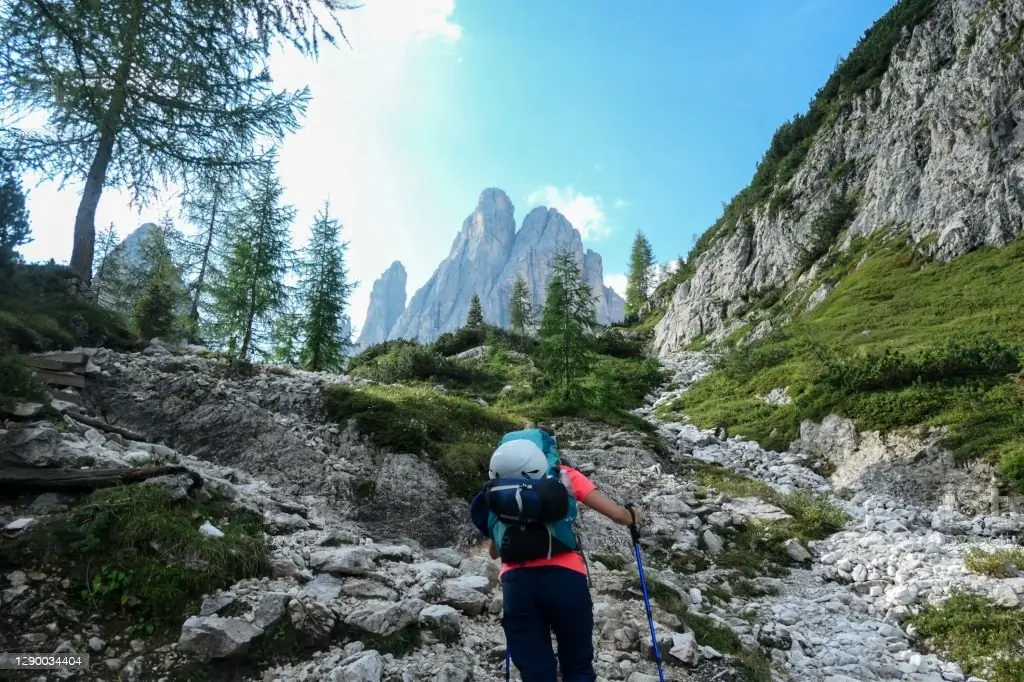
34. Guidelines for leave no trace principles
Guidelines include packing out all trash, staying on designated trails, and avoiding damaging vegetation. By following these guidelines, we can help to preserve natural environments and protect the delicate balance of ecosystems.
When visitors venture off trails or leave trash behind, it can harm wildlife and disrupt natural processes. Additionally, trampling on vegetation can lead to soil erosion, which can have cascading effects on the ecosystem.
It’s important to remember that we are guests in these natural spaces and have a responsibility to minimize our impact.
By being mindful of our actions and following the established guidelines, we can help to ensure that these areas remain accessible and enjoyable for generations to come.
Conclusion
Proper preparation is essential for a successful backpacking trip. You should choose the right gear, plan your route, pack food and water, prepare physically and mentally, pack your backpack efficiently, and follow Leave No Trace principles.
By following these steps, you can have an enjoyable and safe backpacking experience.
Choosing the right gear involves considering the type of terrain and weather conditions you’ll encounter, as well as your personal preferences and comfort.
Researching and planning your route ahead of time can help ensure that you’re prepared for any challenges you may face along the way.
Packing enough food and water is critical to keep your energy levels up and stay hydrated during your journey.
Preparing physically and mentally through exercise, stretching, and meditation can help you avoid injury and manage stress.
Packing your backpack efficiently can reduce fatigue and discomfort, while following Leave No Trace principles helps preserve the environment and ensures that future generations can enjoy it as well.
By taking these steps, you can maximize your chances of having a safe and rewarding backpacking adventure.
Also see: Are There Bull Sharks in Lake Tahoe?

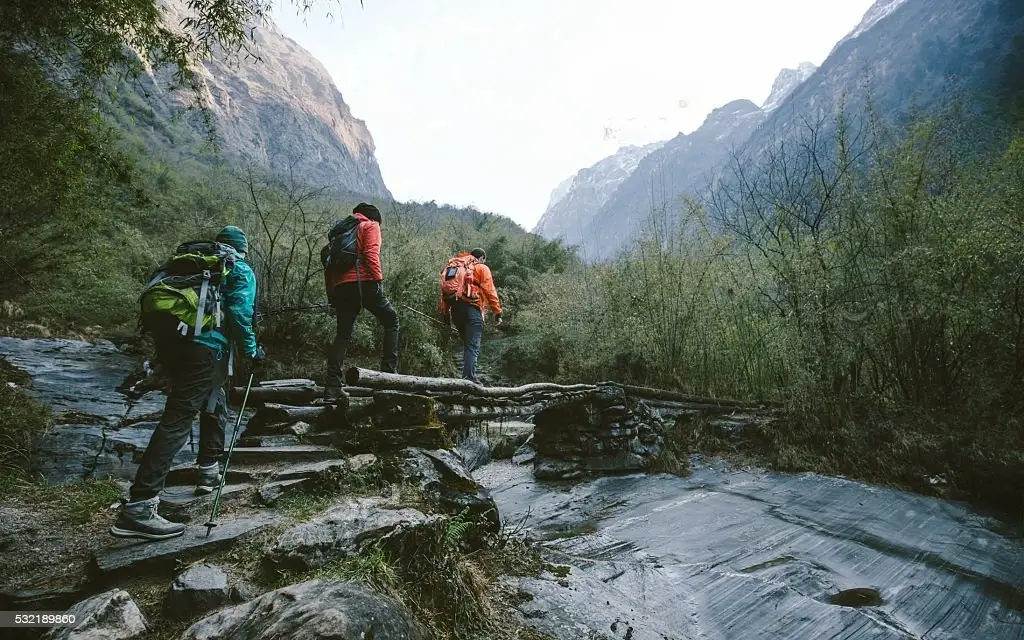

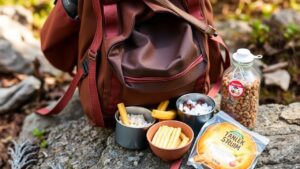
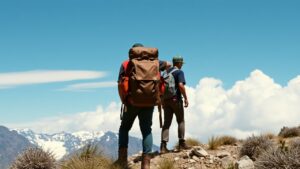


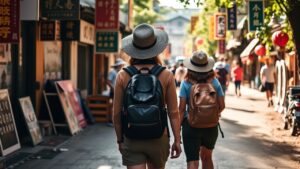
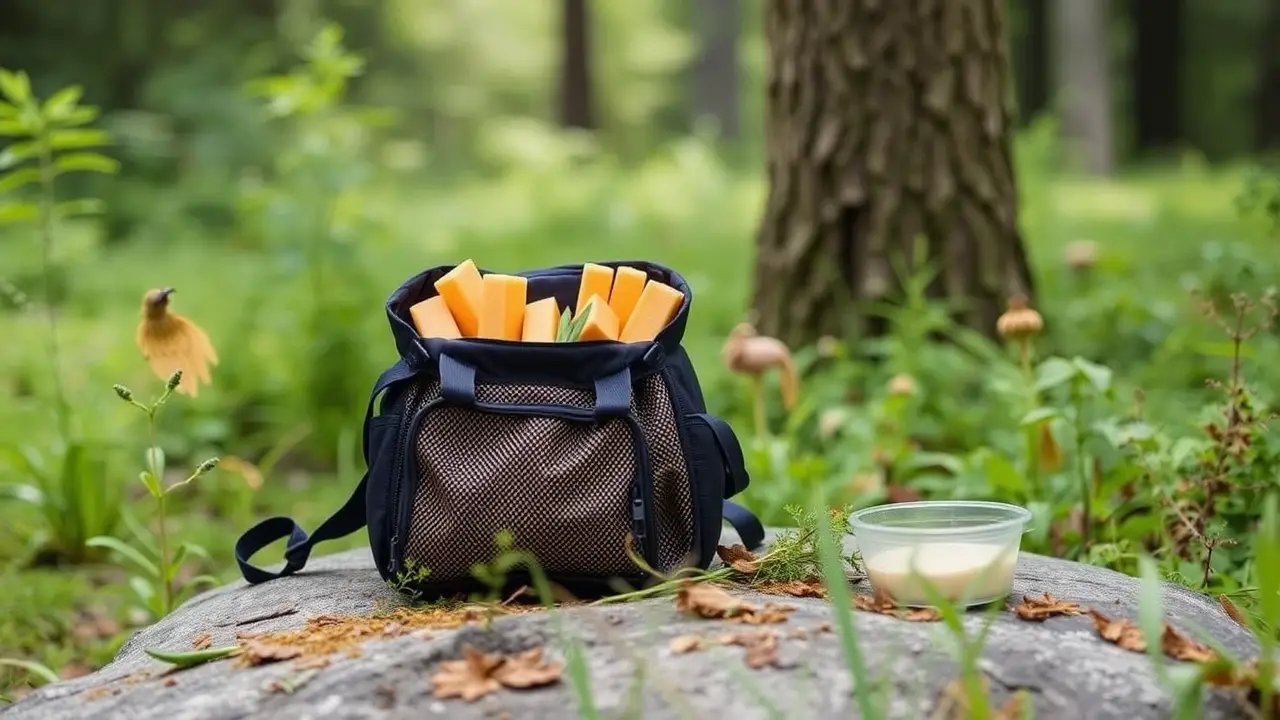
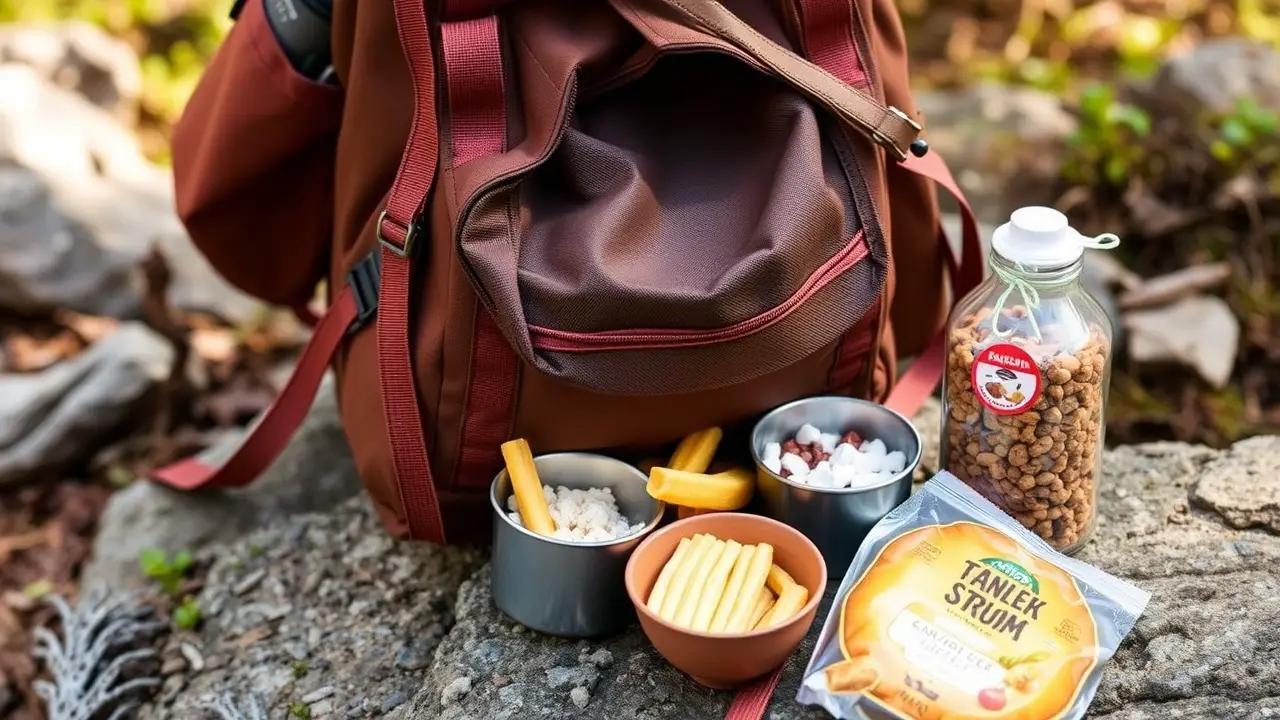
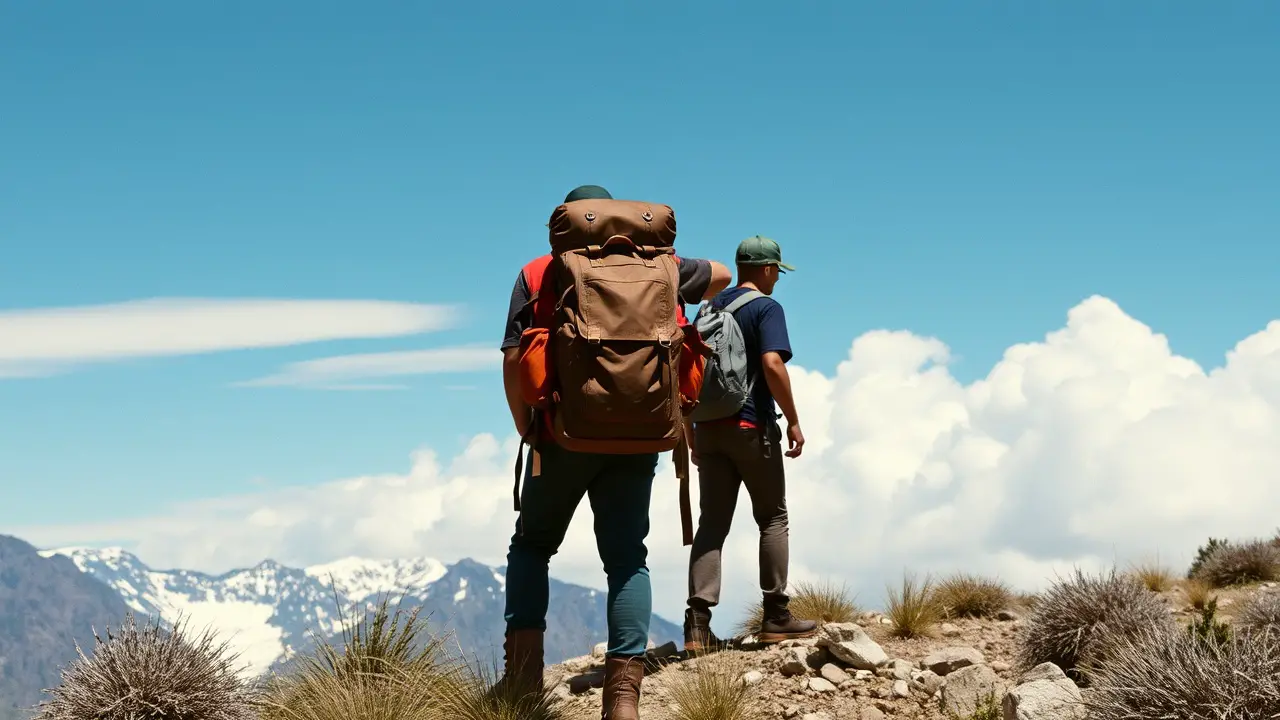
Leave a Reply